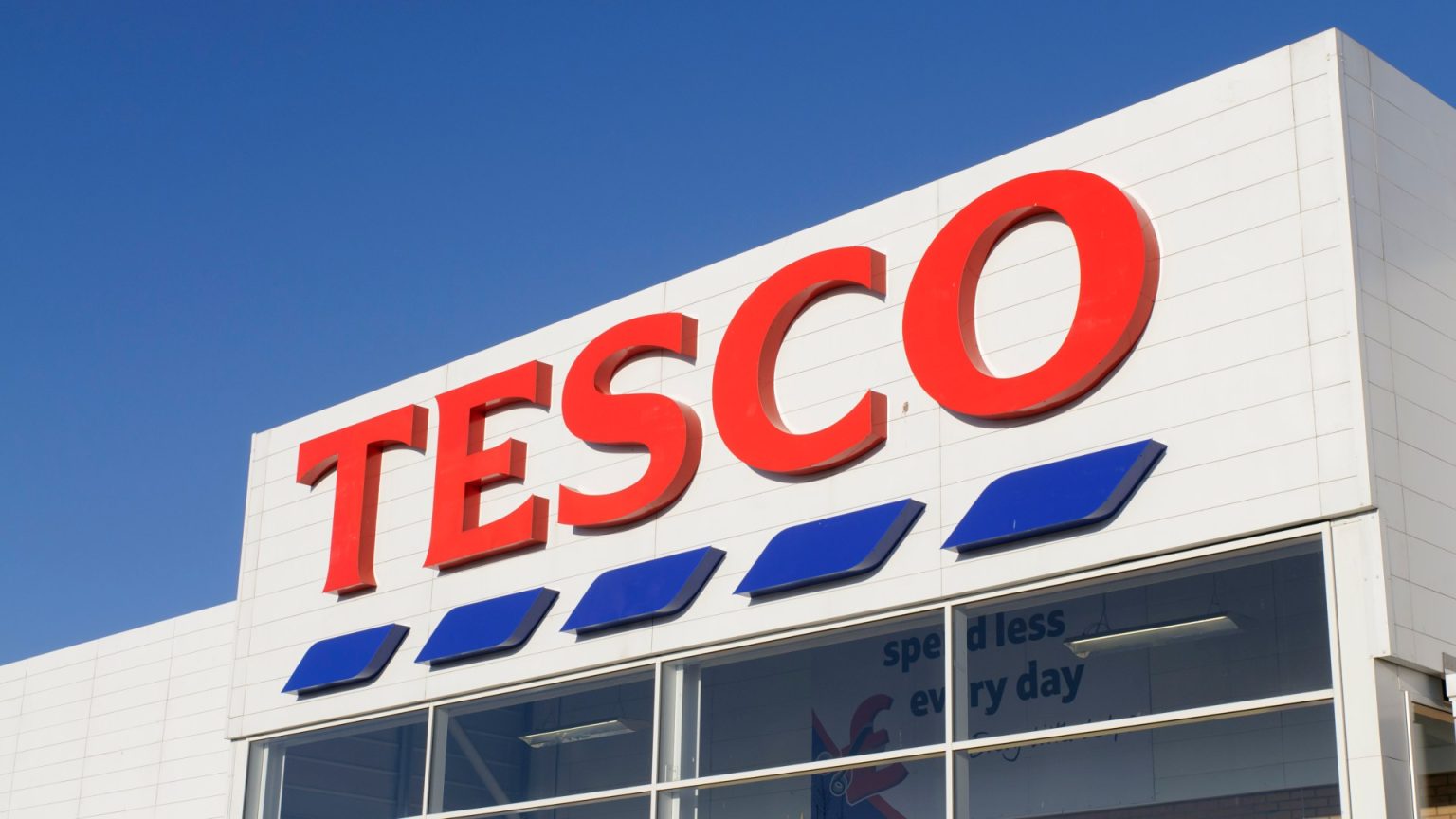Tesco, the UK’s largest supermarket chain, has implemented price increases on its range of ready meals, triggering discontent among customers seeking convenient dinner options. The price of two Finest ready meals, previously offered at £7.50 with a Clubcard, has risen to £8. Similarly, the price of three standard ready meals has increased from £7.50 to £8. This 50p price hike affects a wide selection of popular meals, including both premium and standard options. The individual price of Finest meals has also climbed from £4.25 to £4.50, and standard meals have seen a smaller increase from £3.25 to £3.30. These adjustments have not gone unnoticed by consumers, with some expressing frustration on social media platforms and questioning the value proposition, particularly given the relatively small increase in price juxtaposed against perceived reductions in portion sizes or quality.
The price increases follow a similar hike in the cost of Tesco’s lunchtime meal deal, which rose from £3.40 to £3.60 for Clubcard holders and from £3.90 to £4 for non-members in August. Tesco justified the meal deal price increase by citing improvements in ingredients and the introduction of new menu items. The recent price hikes on ready meals appear to be part of a broader strategy by Tesco to manage rising costs and protect profit margins. Industry analysts suggest that these price adjustments are likely influenced by several factors, including anticipated increases in employer national insurance contributions, which are projected to add £250 million annually to Tesco’s tax bill.
Despite these price increases, Tesco reported strong financial results in October, showcasing a 4% increase in first-half sales (excluding fuel) to £31.5 billion and a 10% rise in profits to £1.6 billion. The supermarket attributes this success to a combination of factors, including its efforts to maintain competitive pricing on essential items, attracting price-sensitive shoppers, and increasing market share. This strategy appears to be paying off, as evidenced by the increase in sales volume and the company’s ability to announce a 10.4% interim dividend increase.
However, Tesco’s price increases raise concerns among consumers and financial experts. While the supermarket giant has invested in cost-cutting measures and maintaining competitive prices on many products, the price hikes on ready meals and meal deals suggest a potential shift towards prioritizing profitability over affordability. This approach risks alienating budget-conscious shoppers, who may be driven to seek more affordable options at discount retailers such as Aldi and Lidl. The delicate balance between maintaining market share and protecting profit margins will be a key challenge for Tesco in the coming months.
Consumers facing rising grocery costs have several options to mitigate the impact on their budgets. These include seeking out discounted items with yellow or red stickers, planning meals in advance to avoid impulse purchases, opting for own-brand products over premium or luxury lines, and taking advantage of supermarket initiatives offering discounted “wonky” fruits and vegetables. Additionally, eligible low-income families and parents can access government support programs such as Healthy Start vouchers and the Household Support Fund to help cover the cost of groceries. Utilizing these resources and adopting savvy shopping habits can help consumers navigate the current inflationary environment.
Tesco’s price increases on ready meals underscore the broader challenges facing UK supermarkets in the current economic climate. Balancing rising costs, competitive pressures, and consumer affordability concerns requires careful strategic planning. While Tesco’s strong financial performance suggests a degree of resilience, the long-term impact of these price adjustments on consumer loyalty and market share remains to be seen. The supermarket’s ability to navigate these complexities will be crucial in determining its continued success in a highly competitive market. The provided list of affected ready meals highlights the scope of these price changes and underscores the importance of consumer awareness and proactive budget management in the face of rising food costs.











